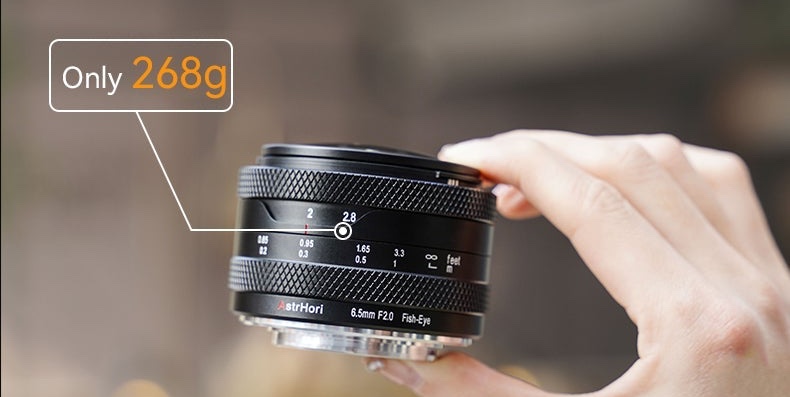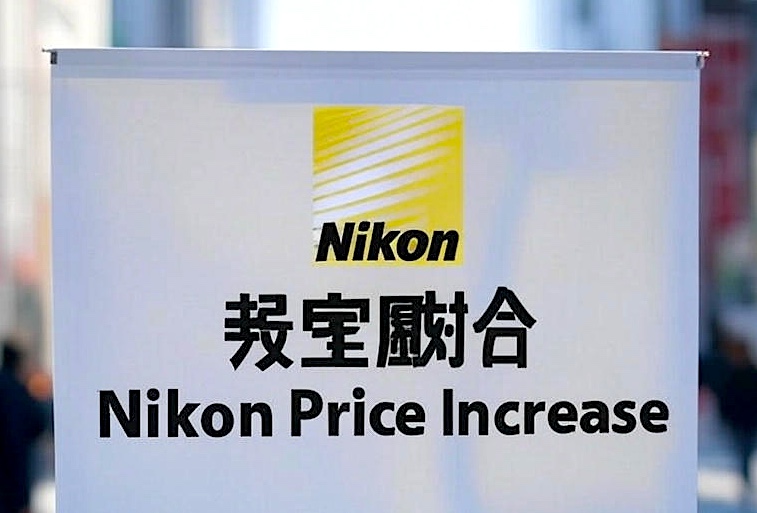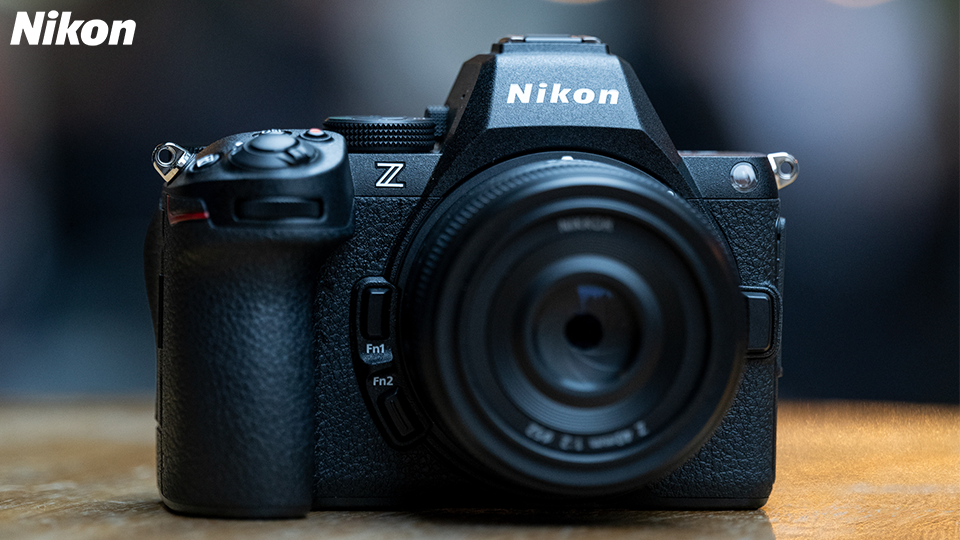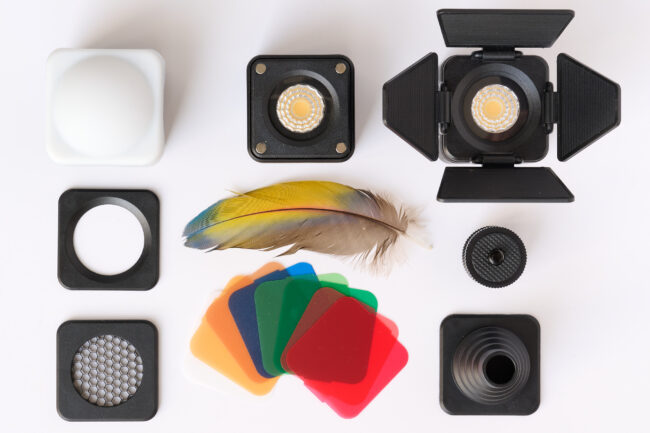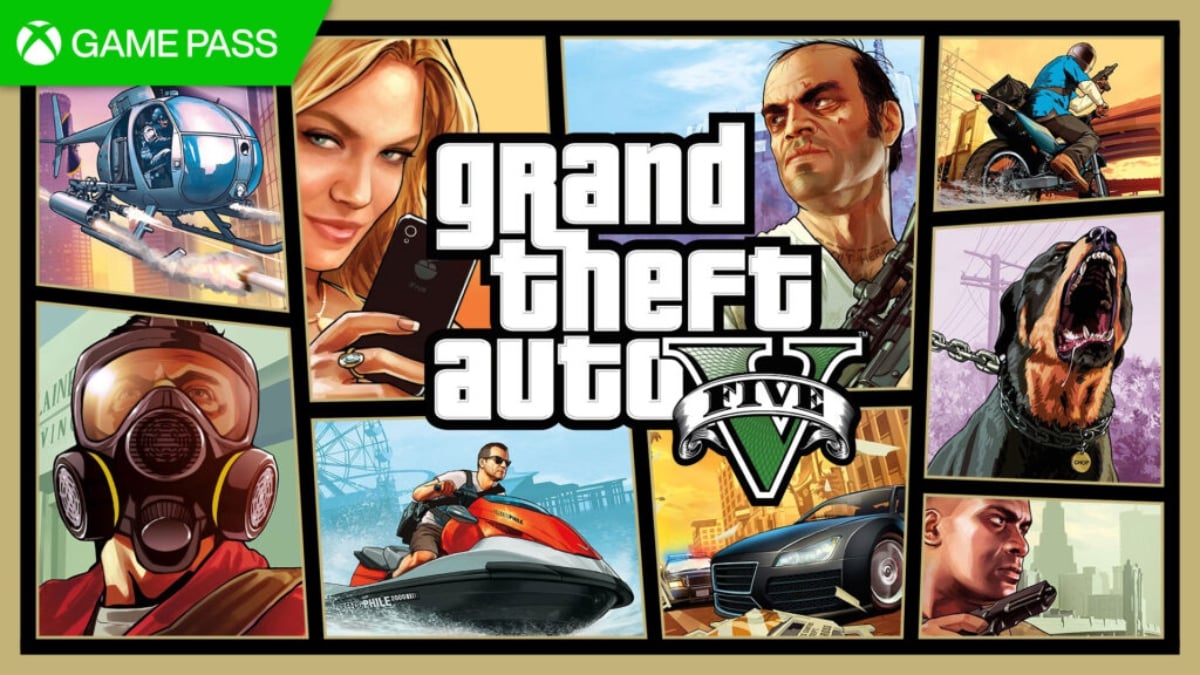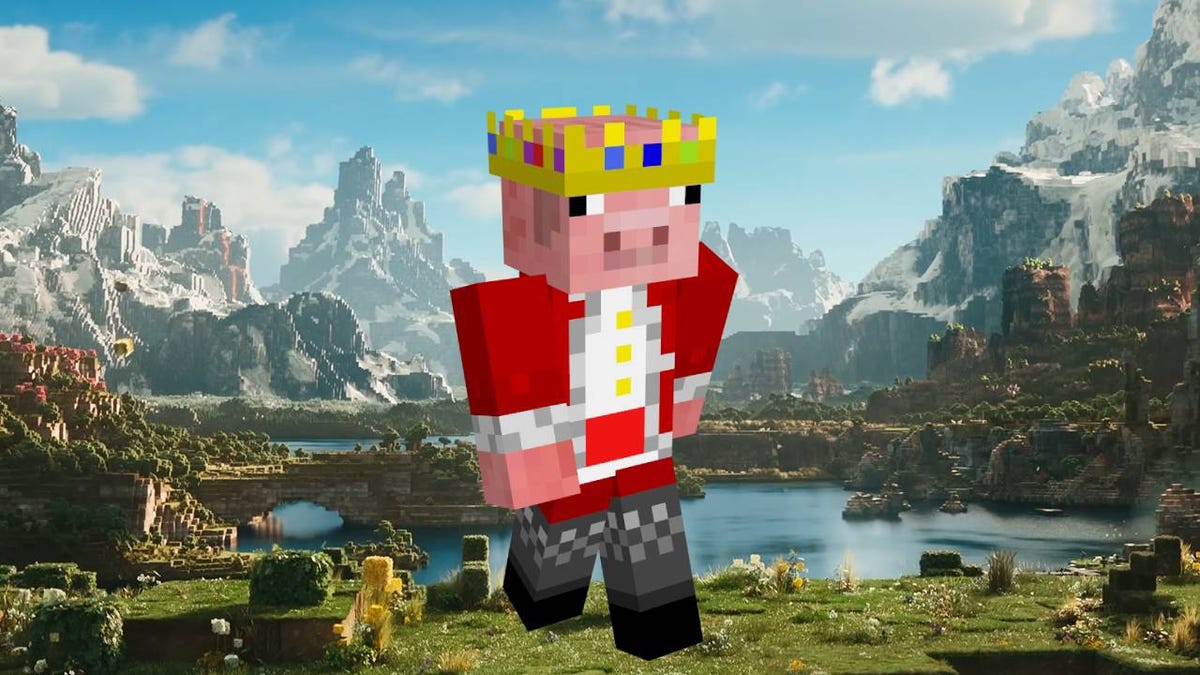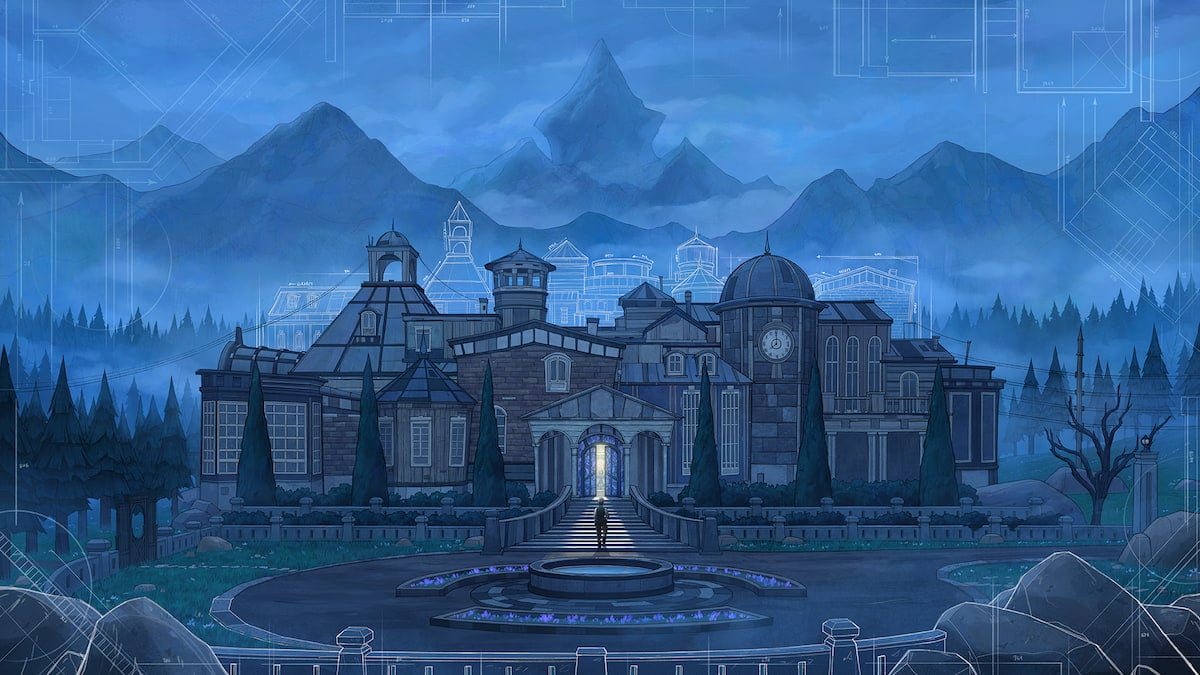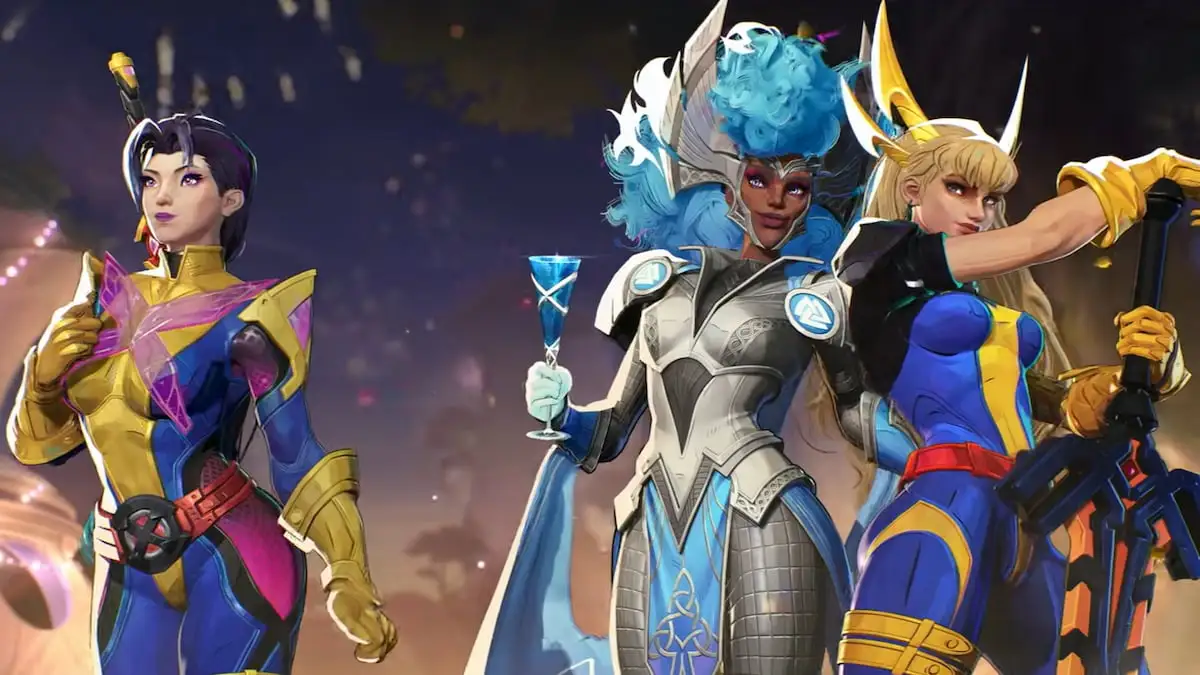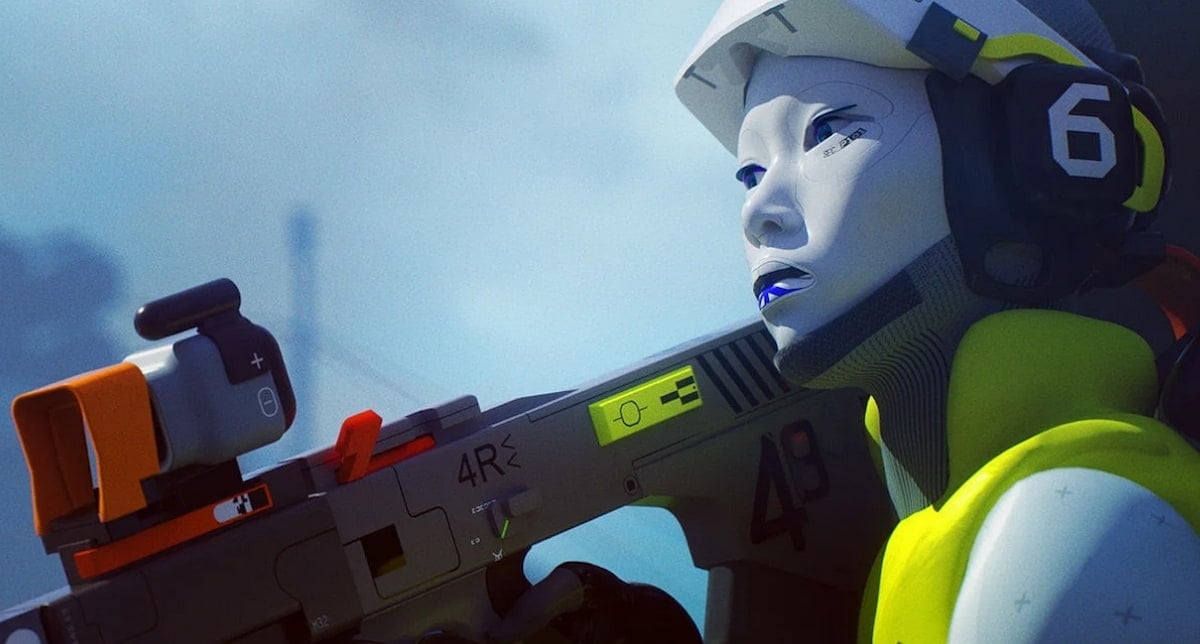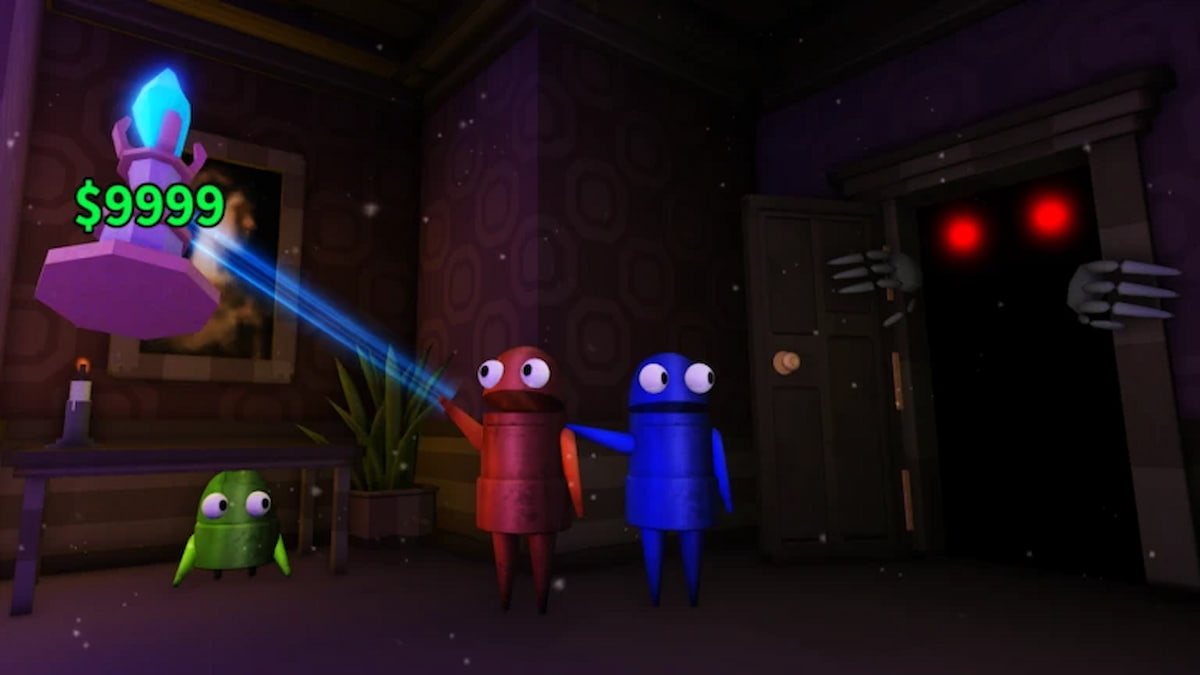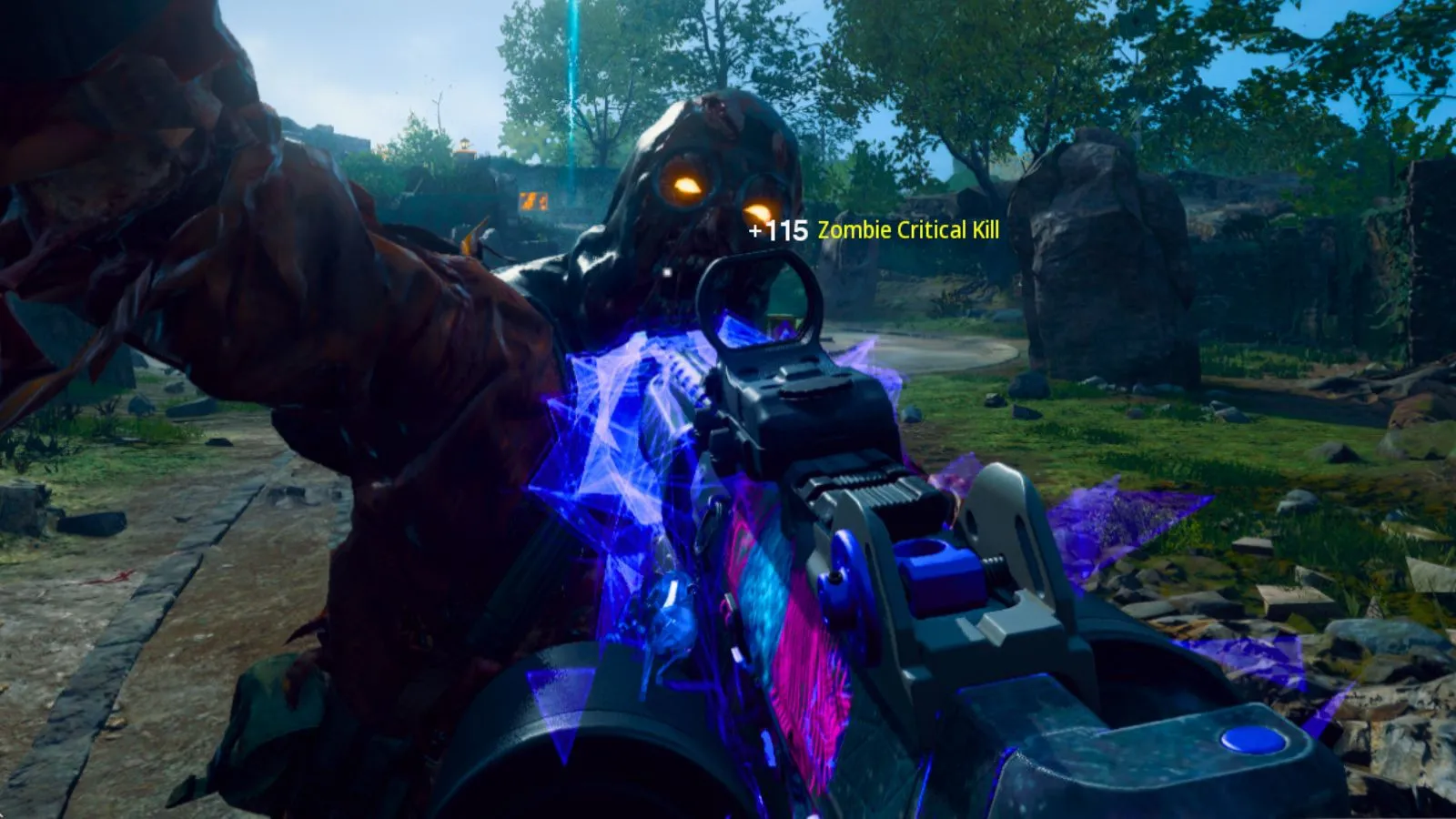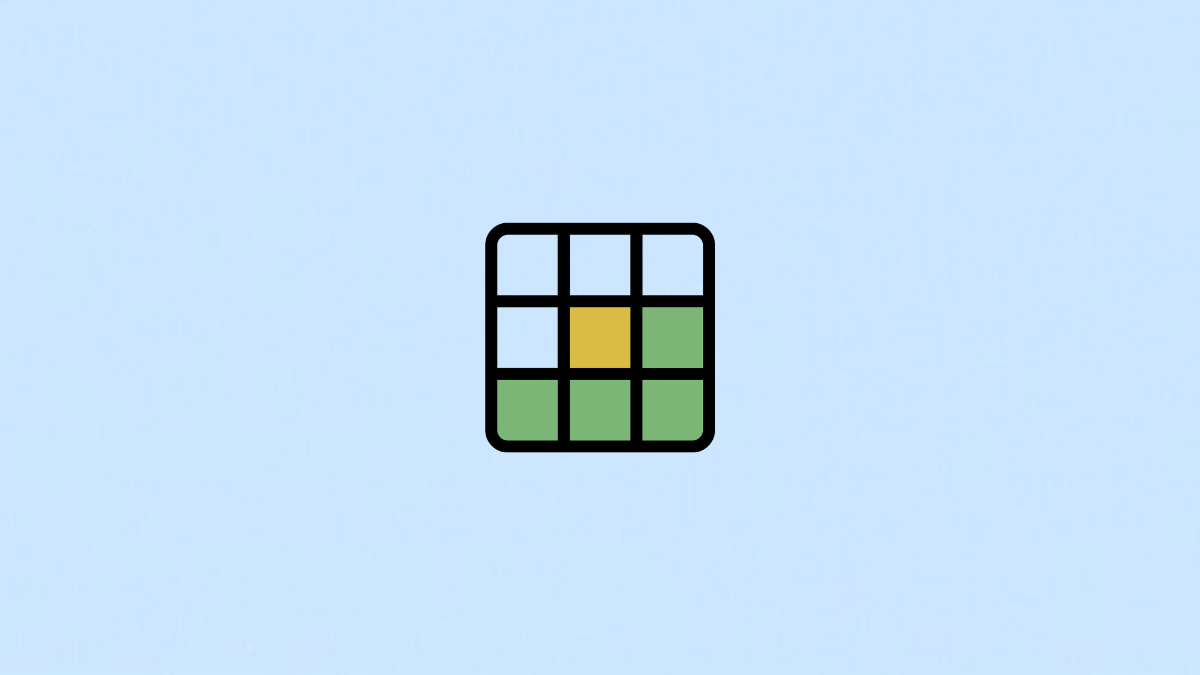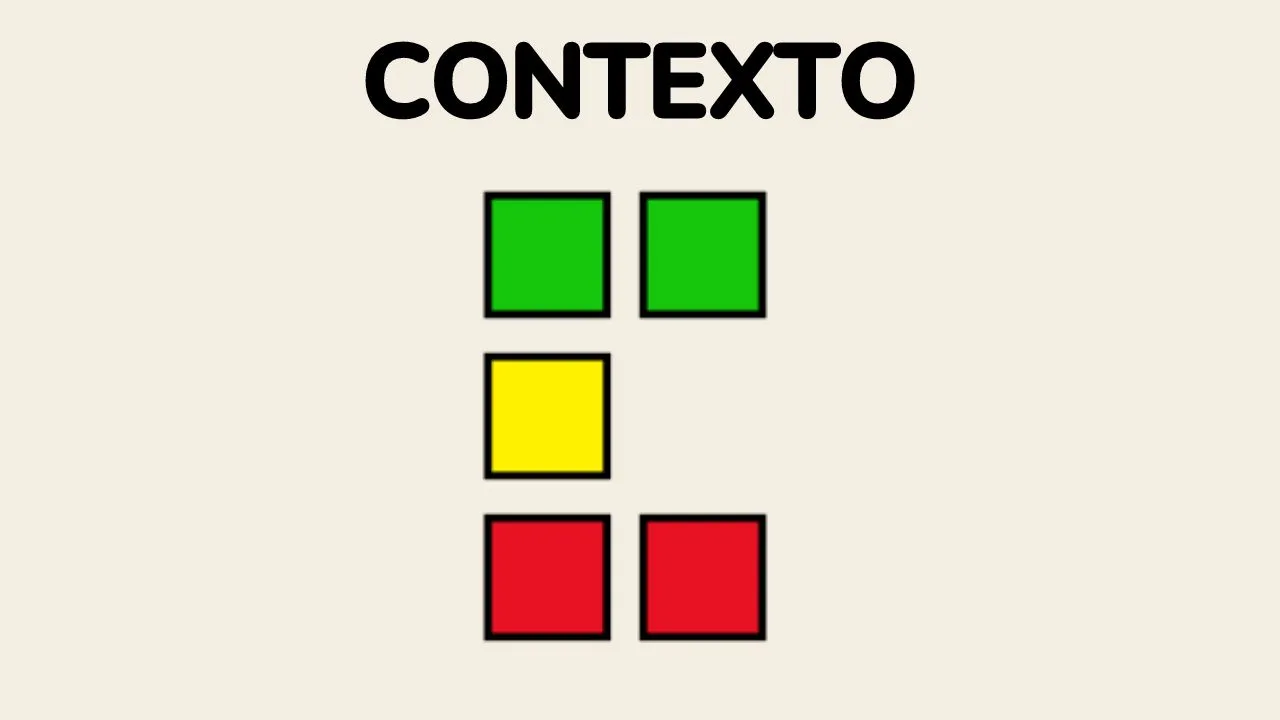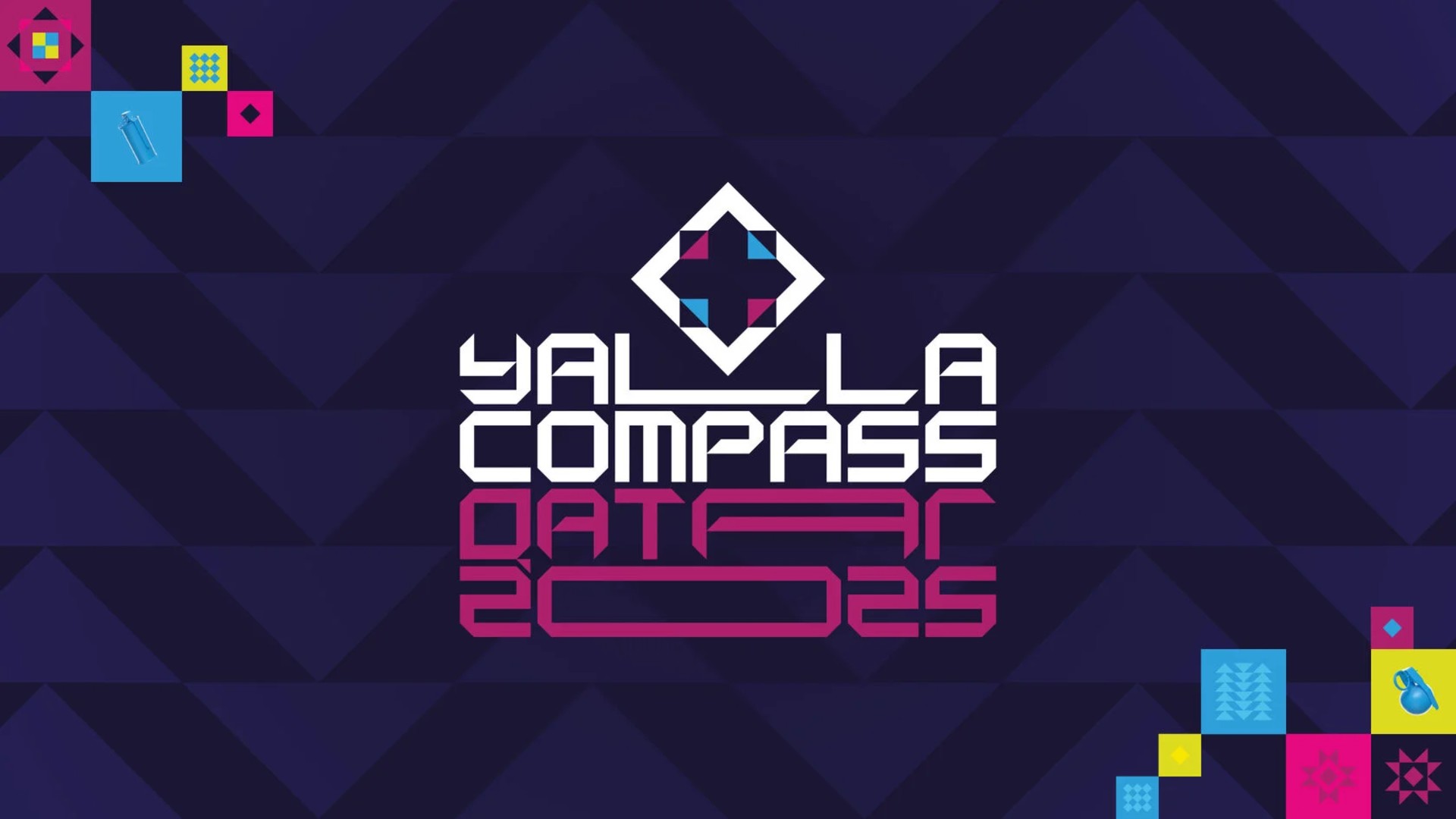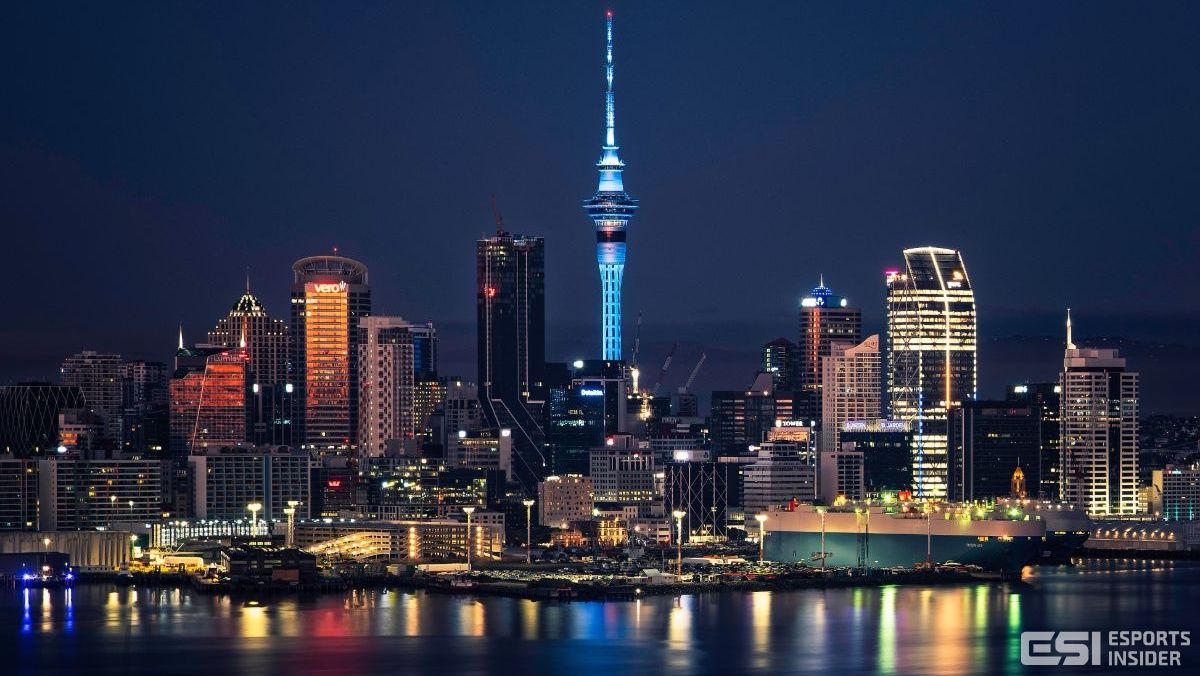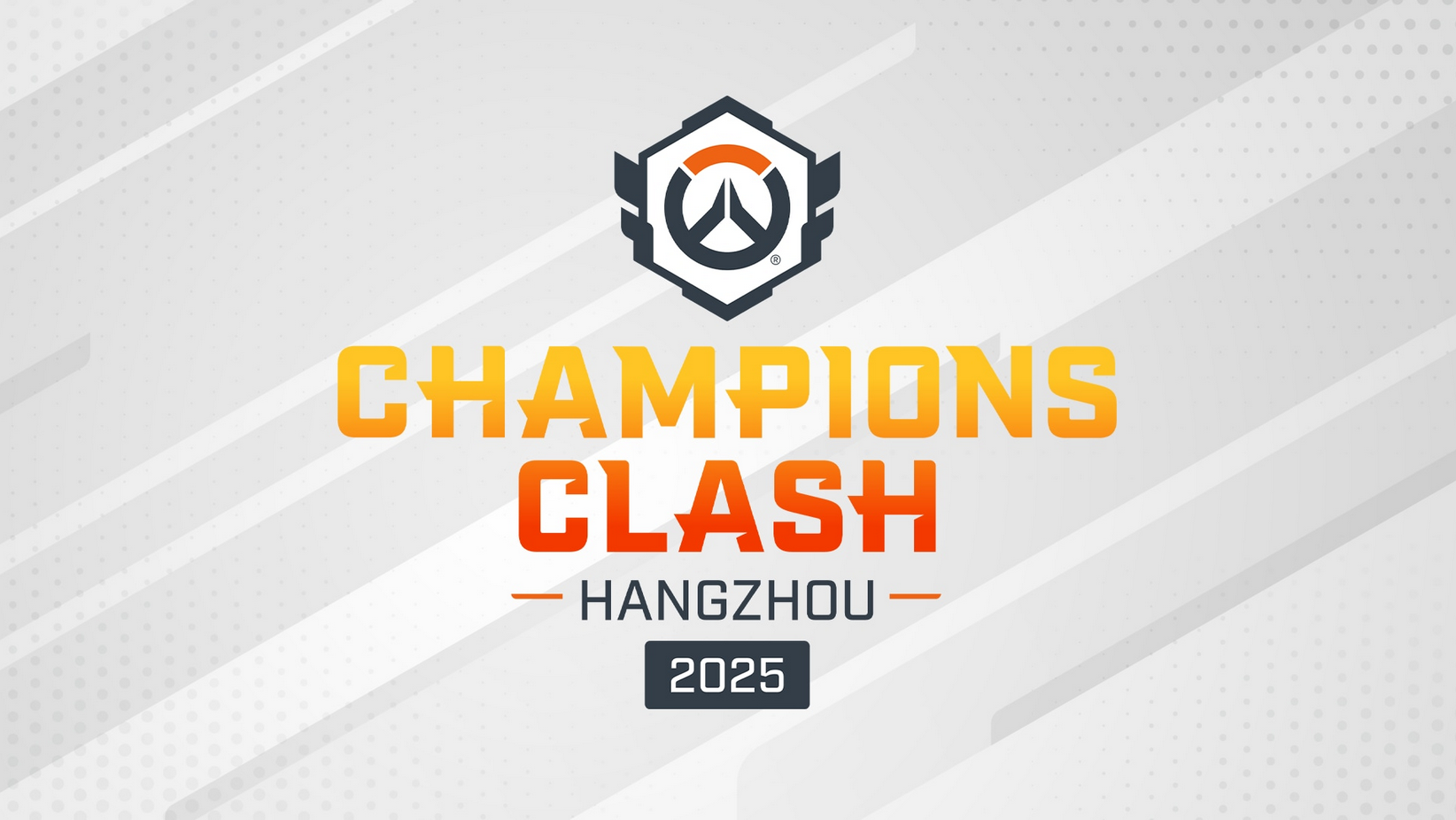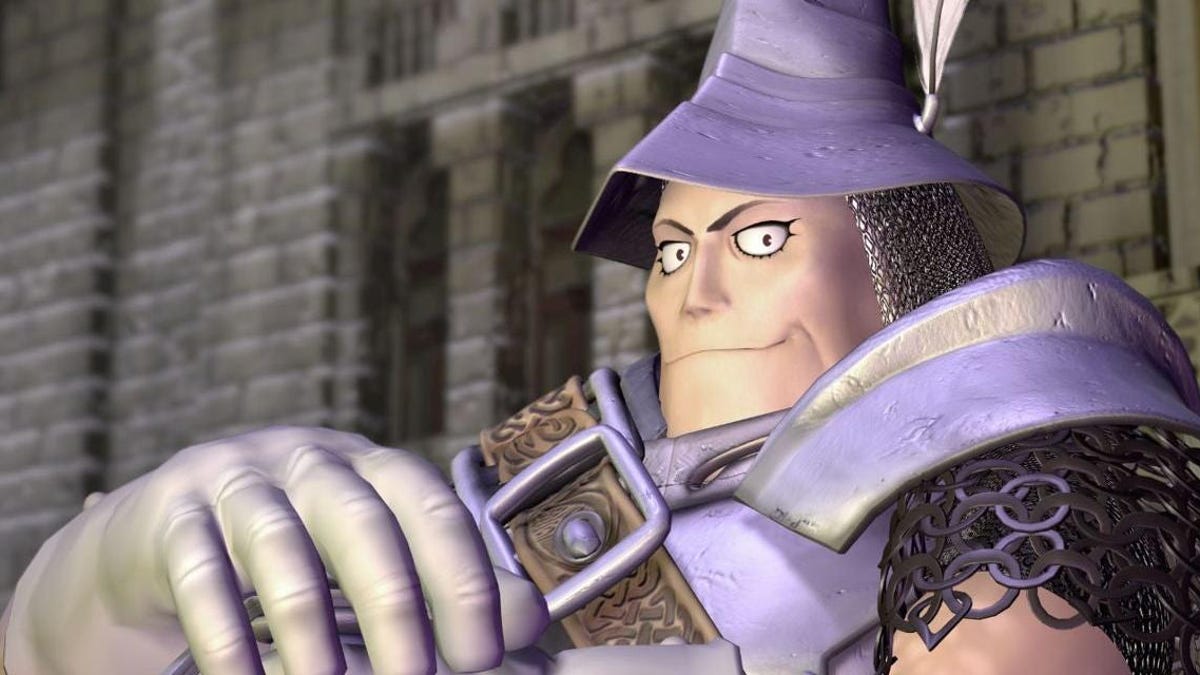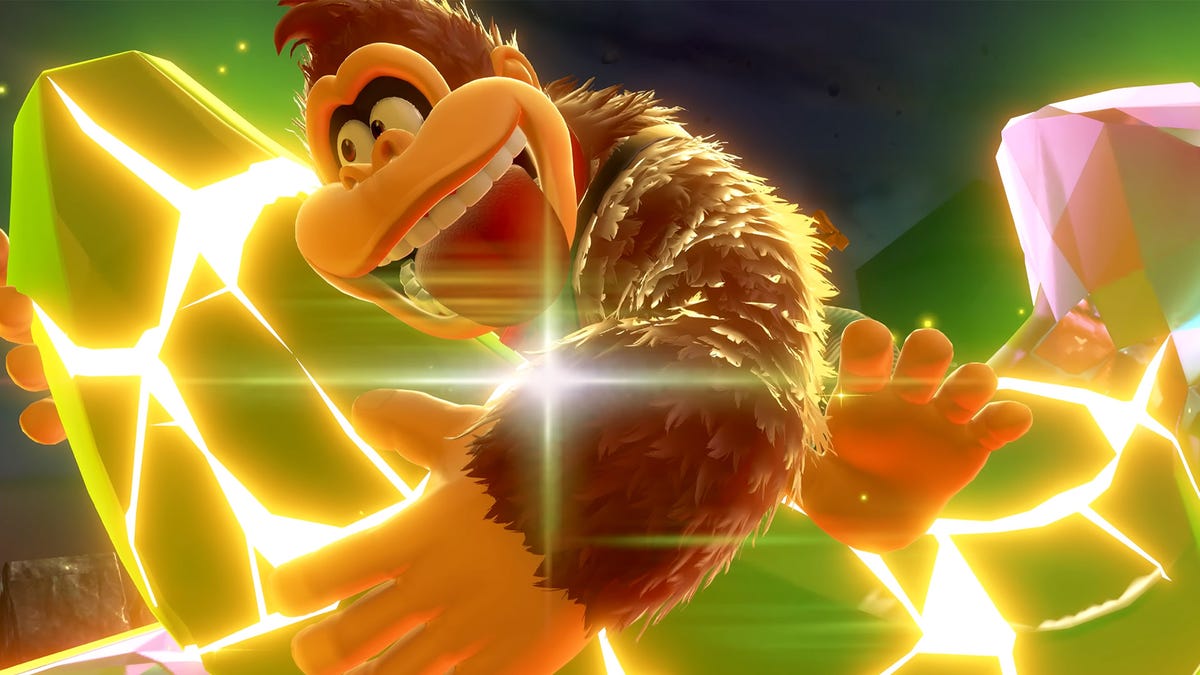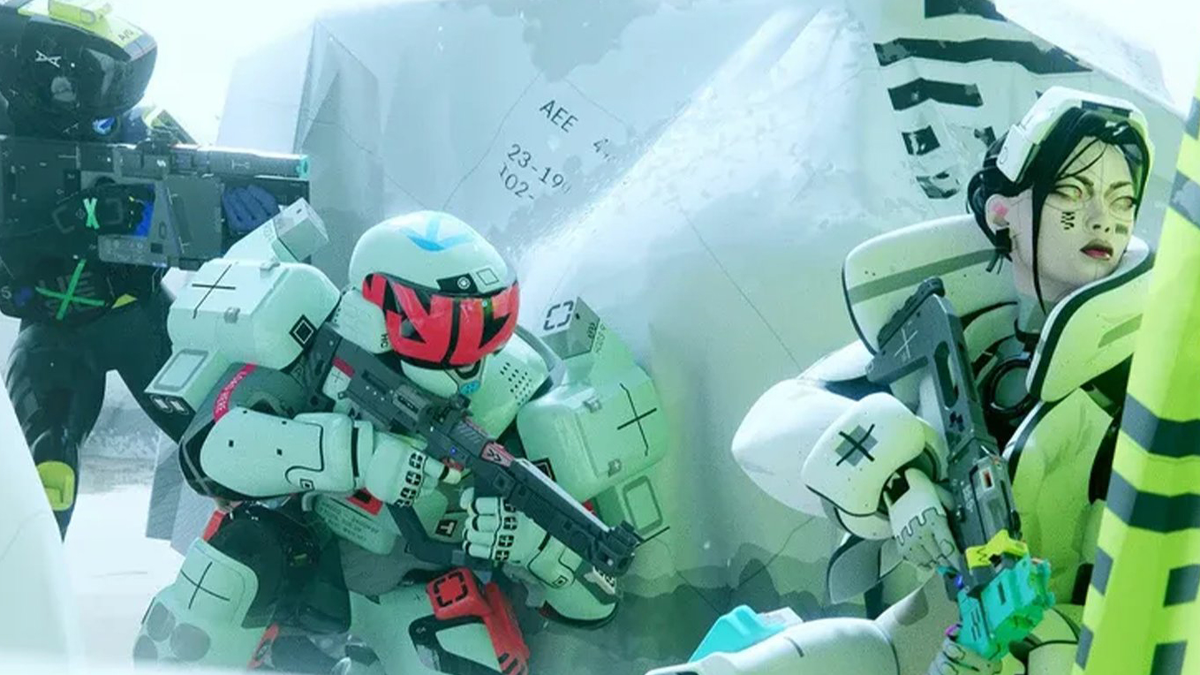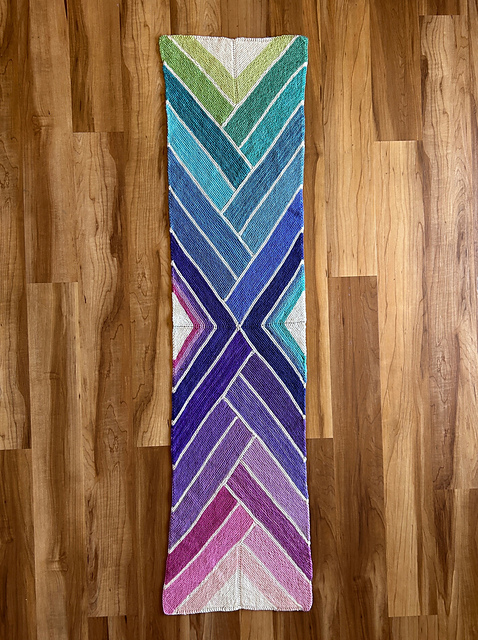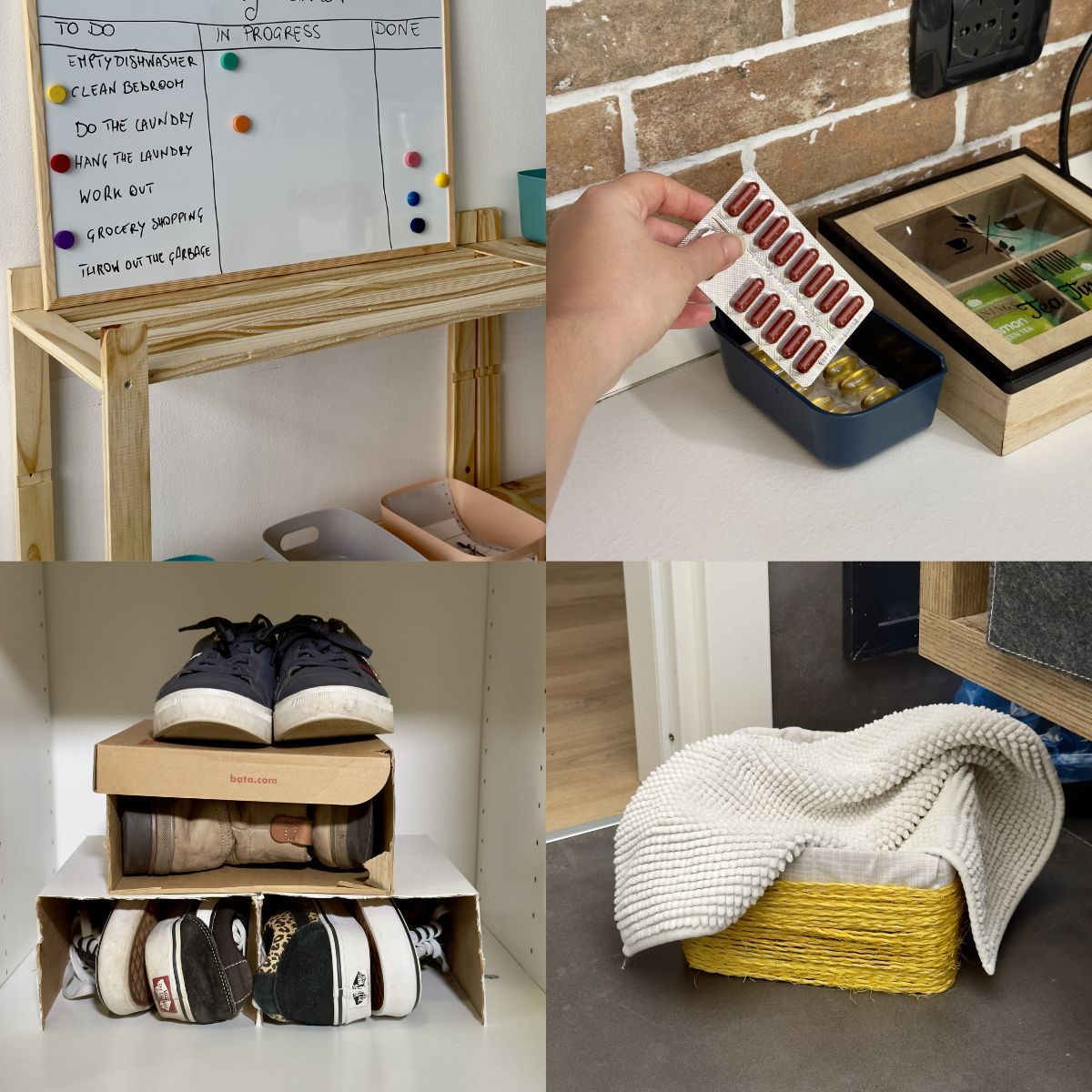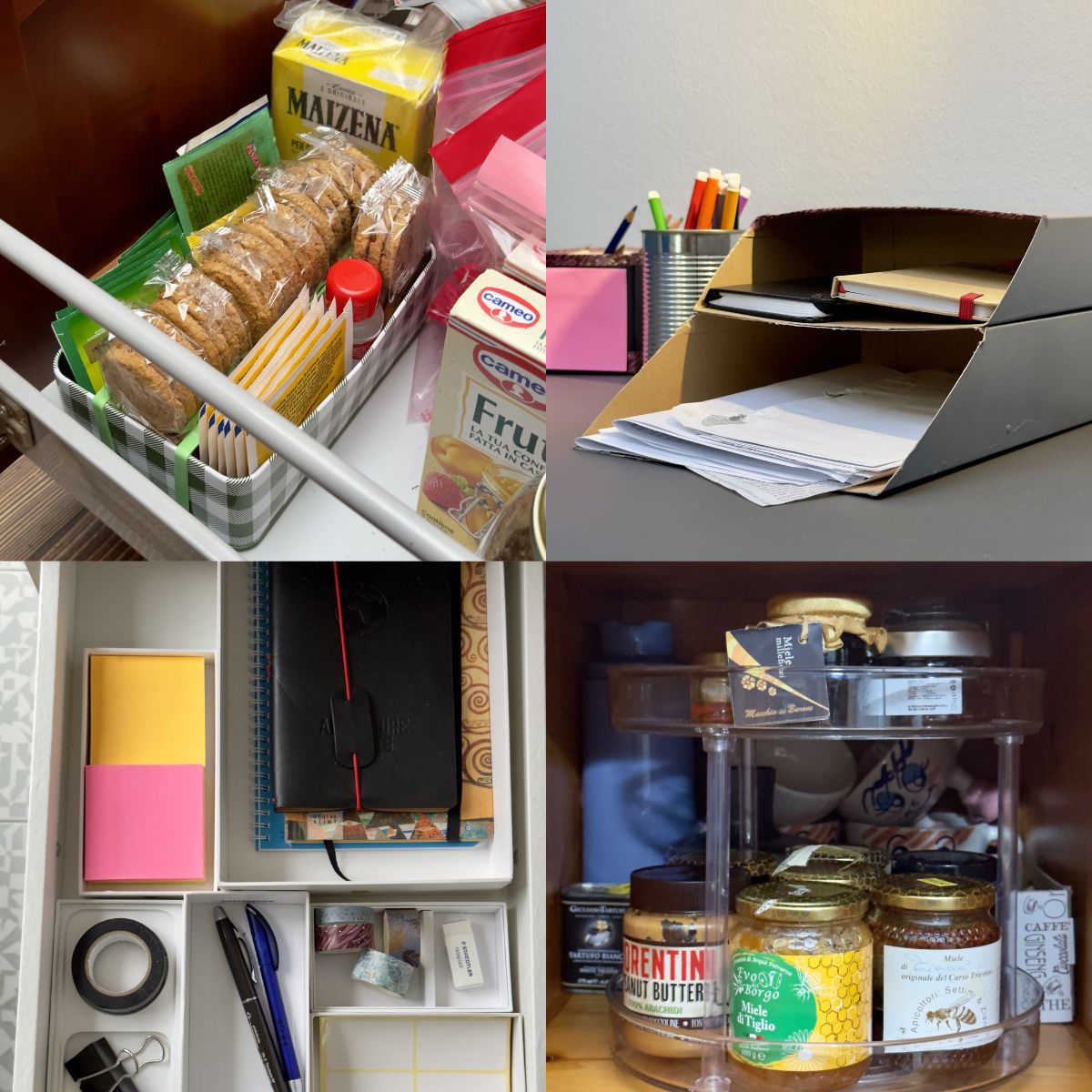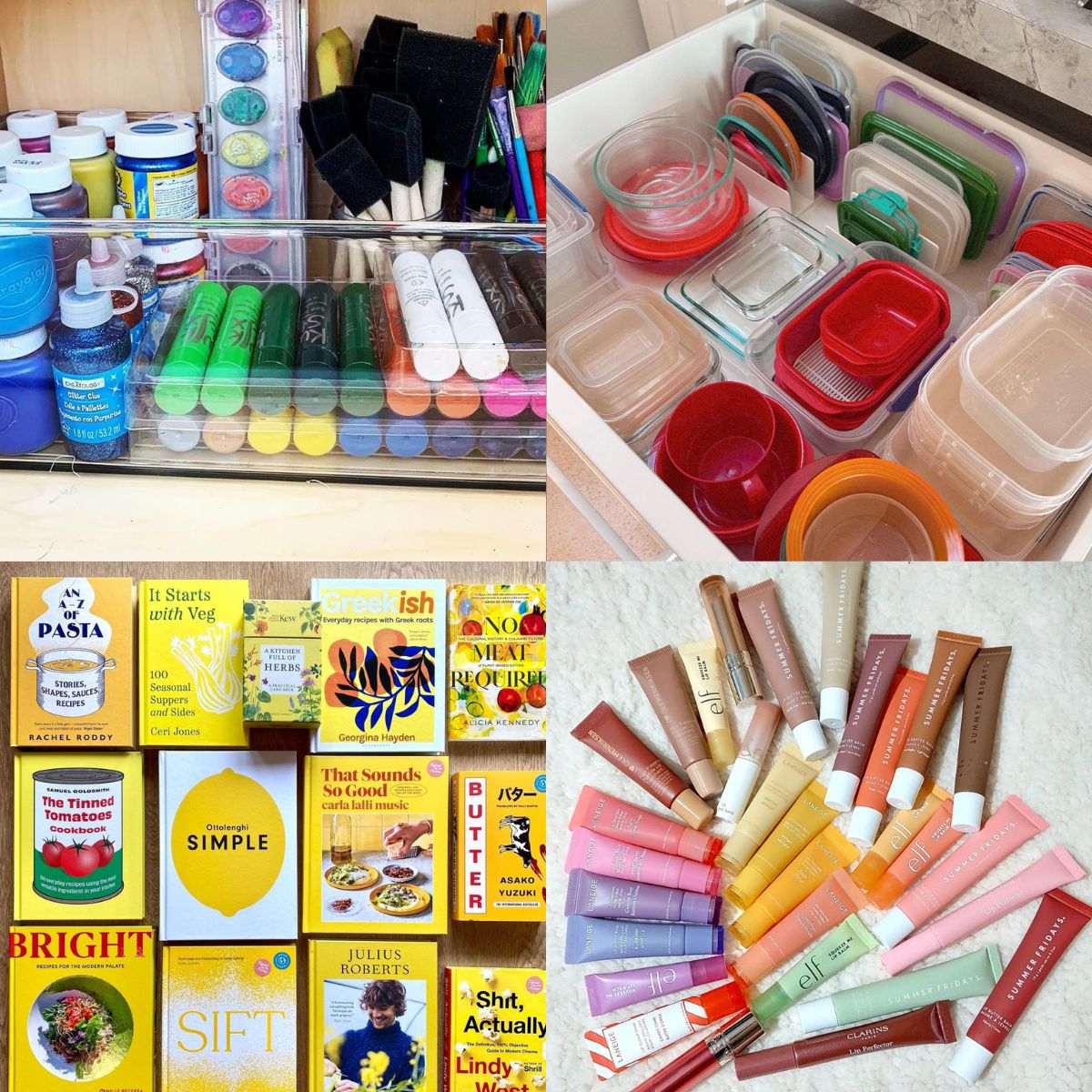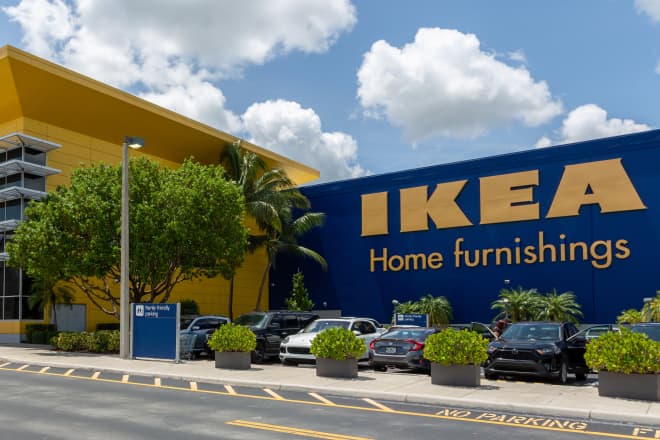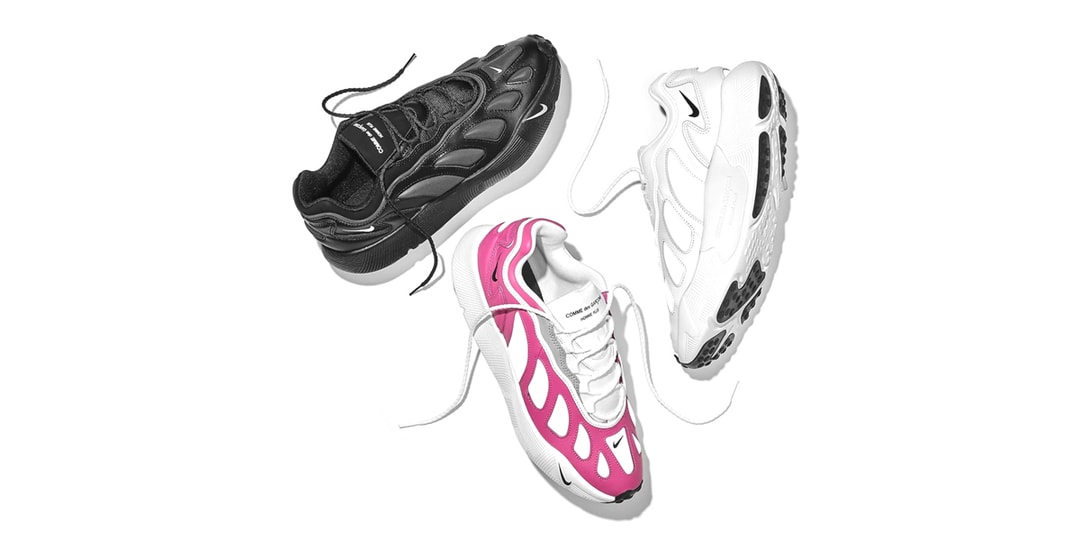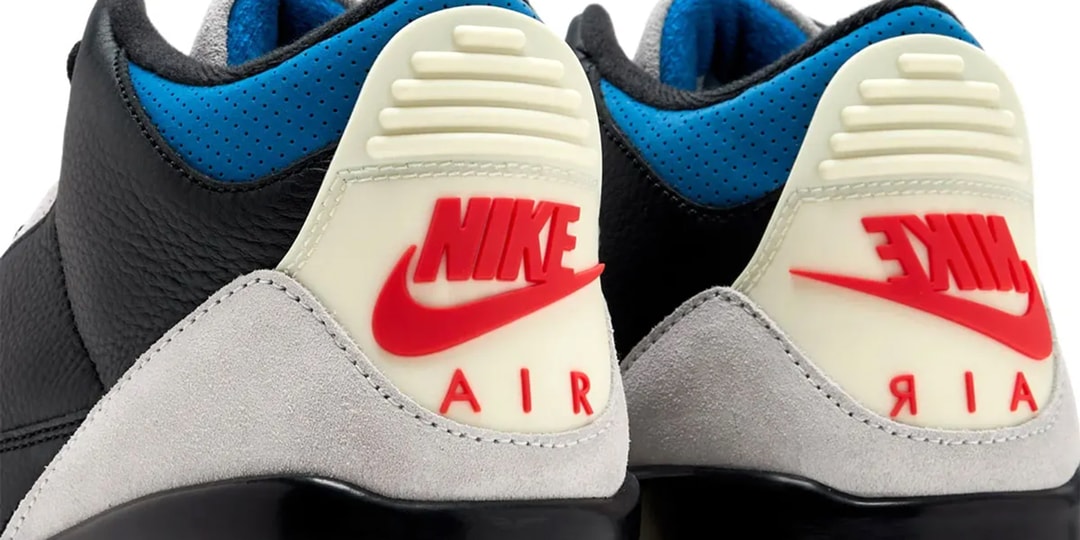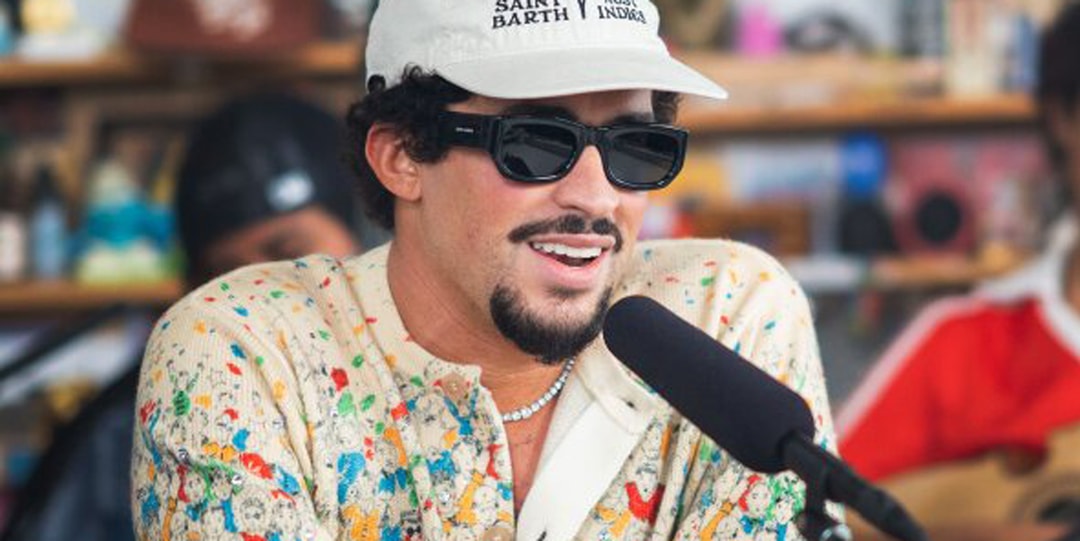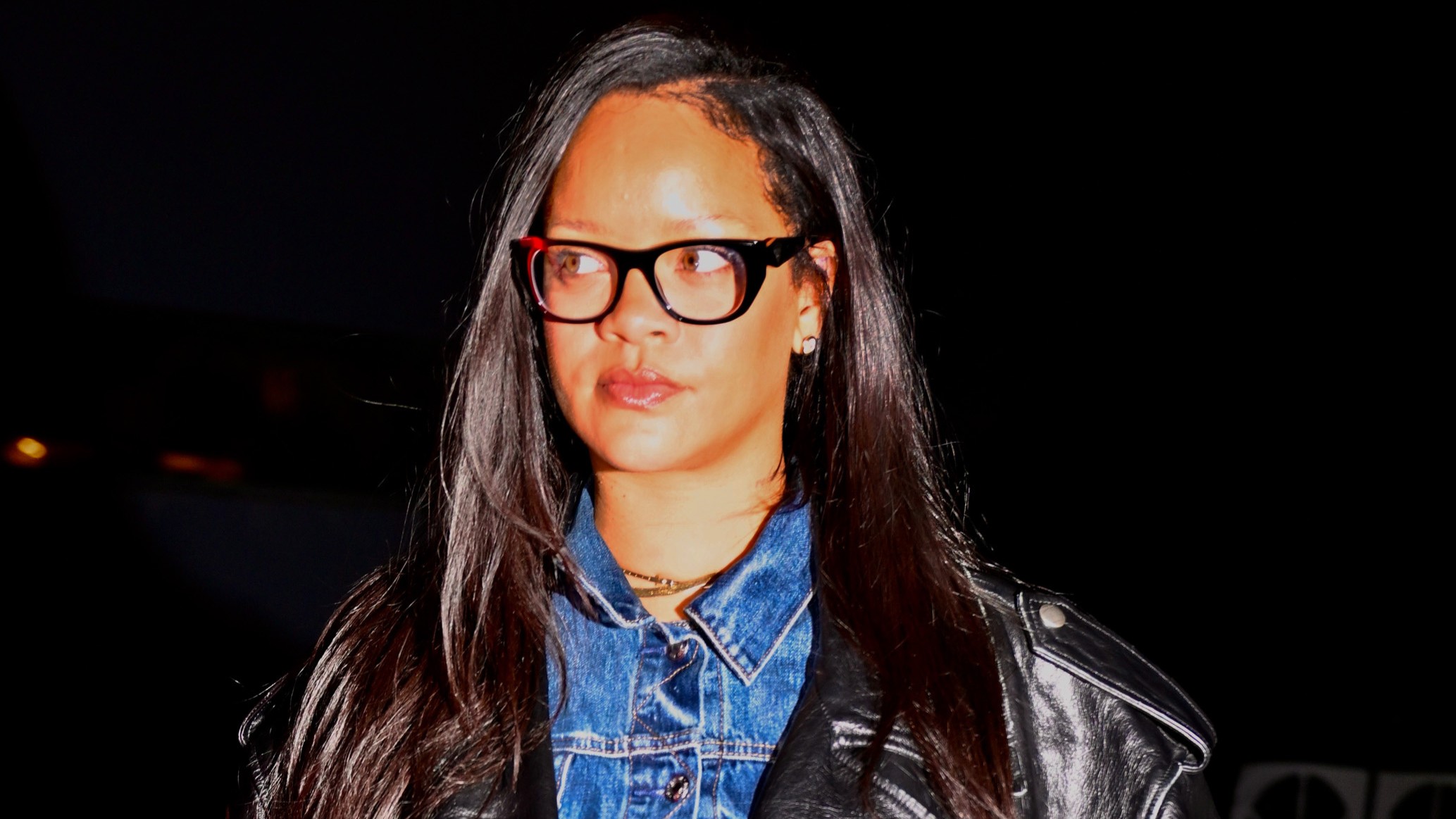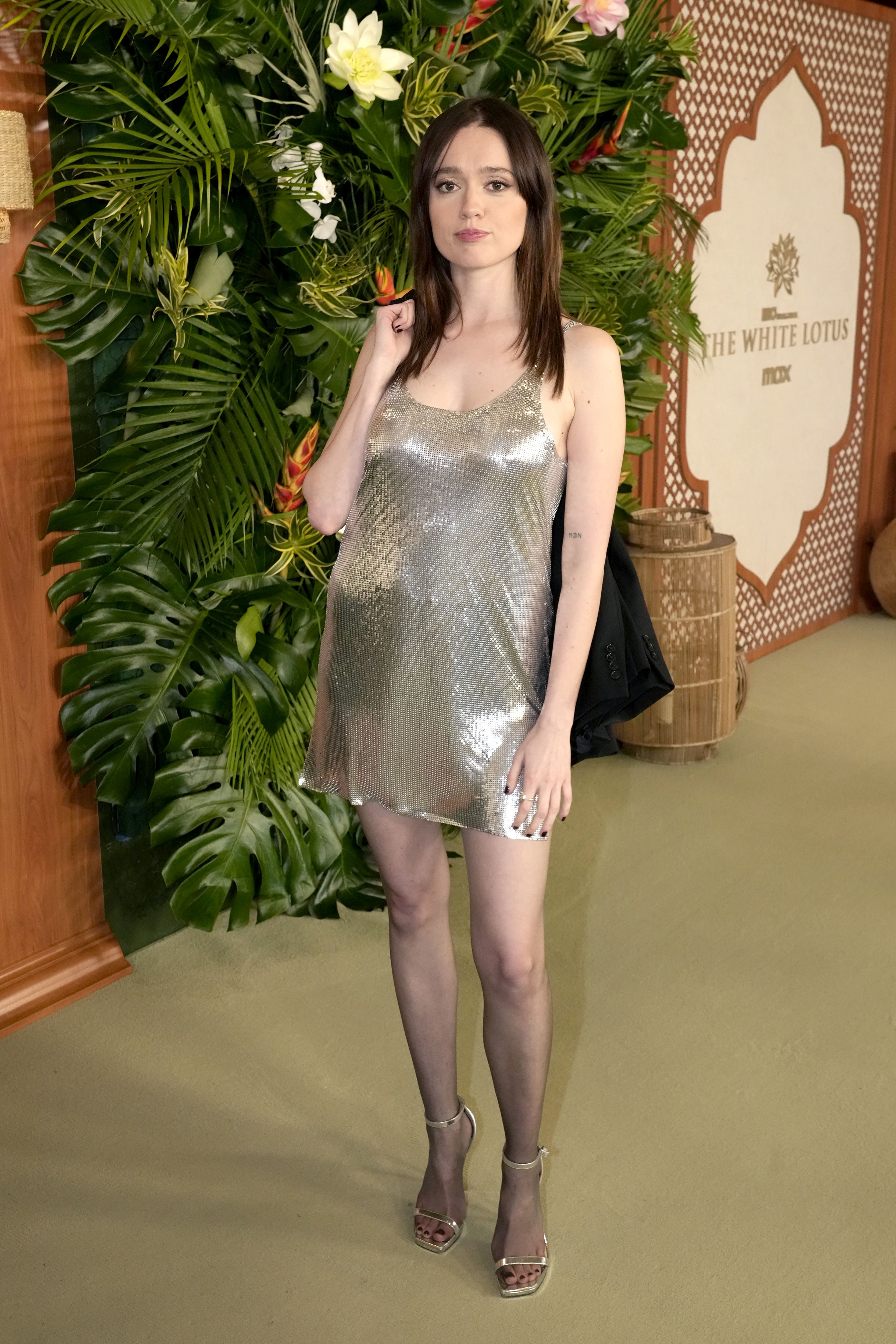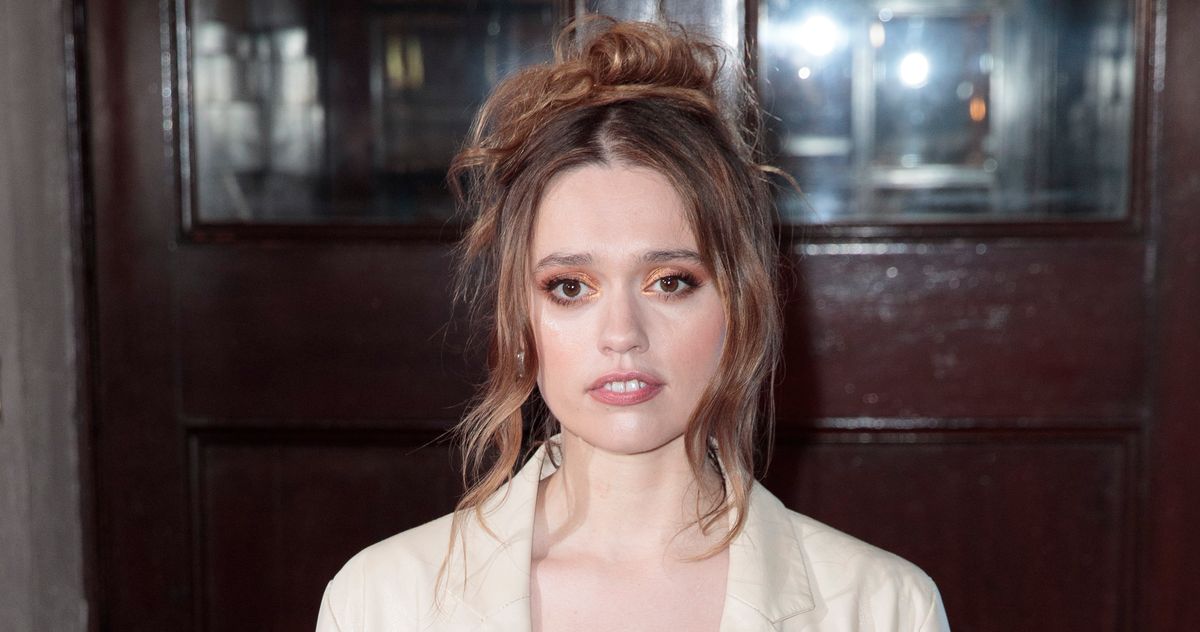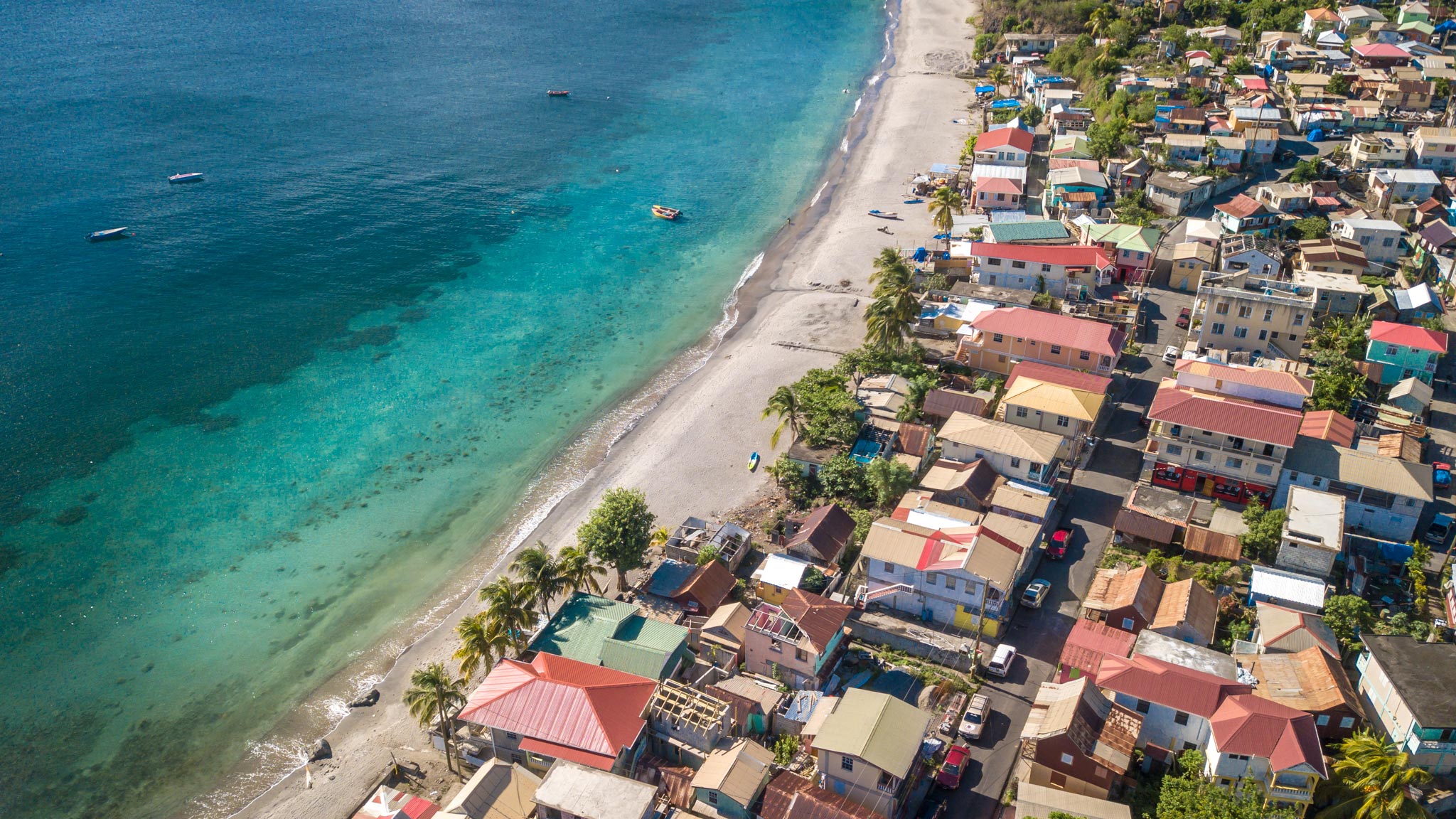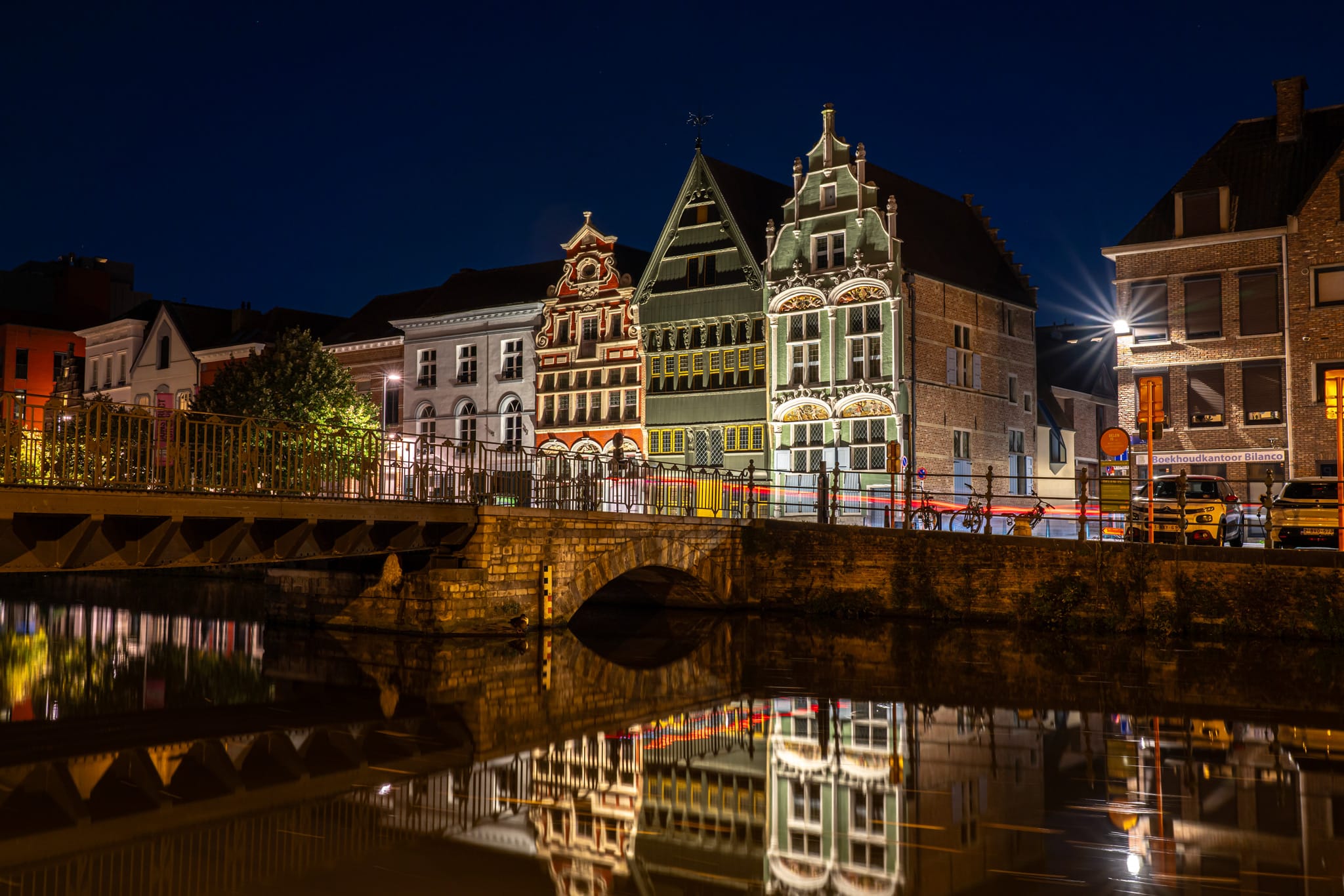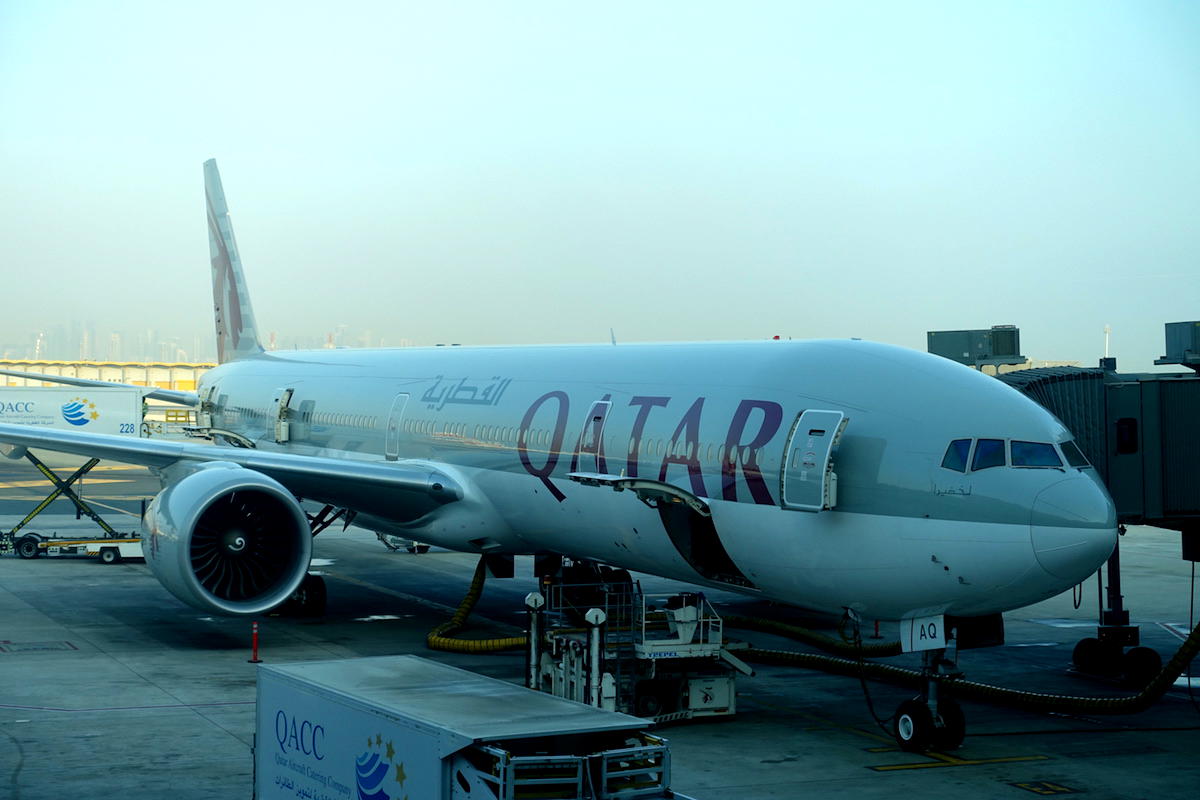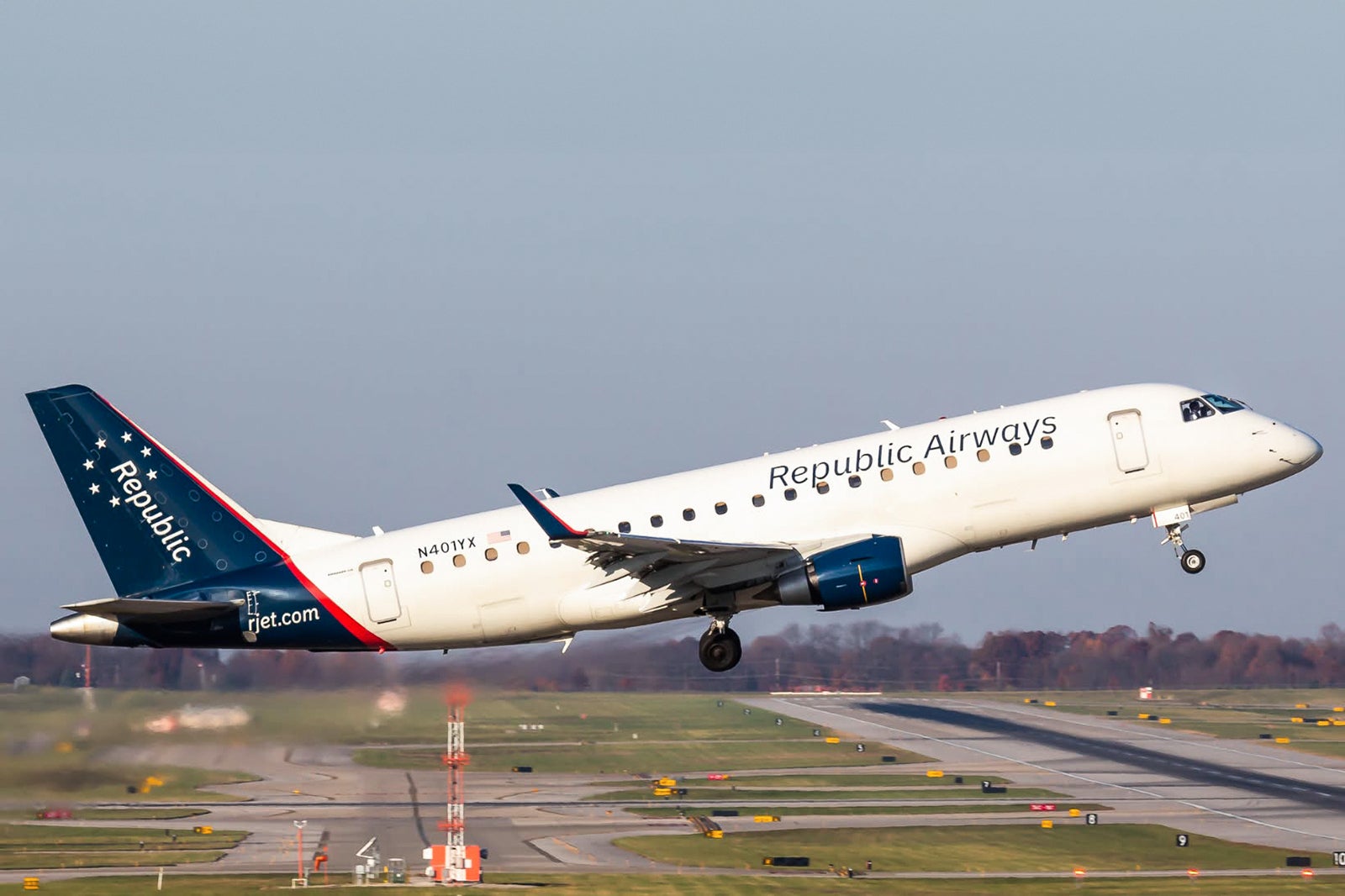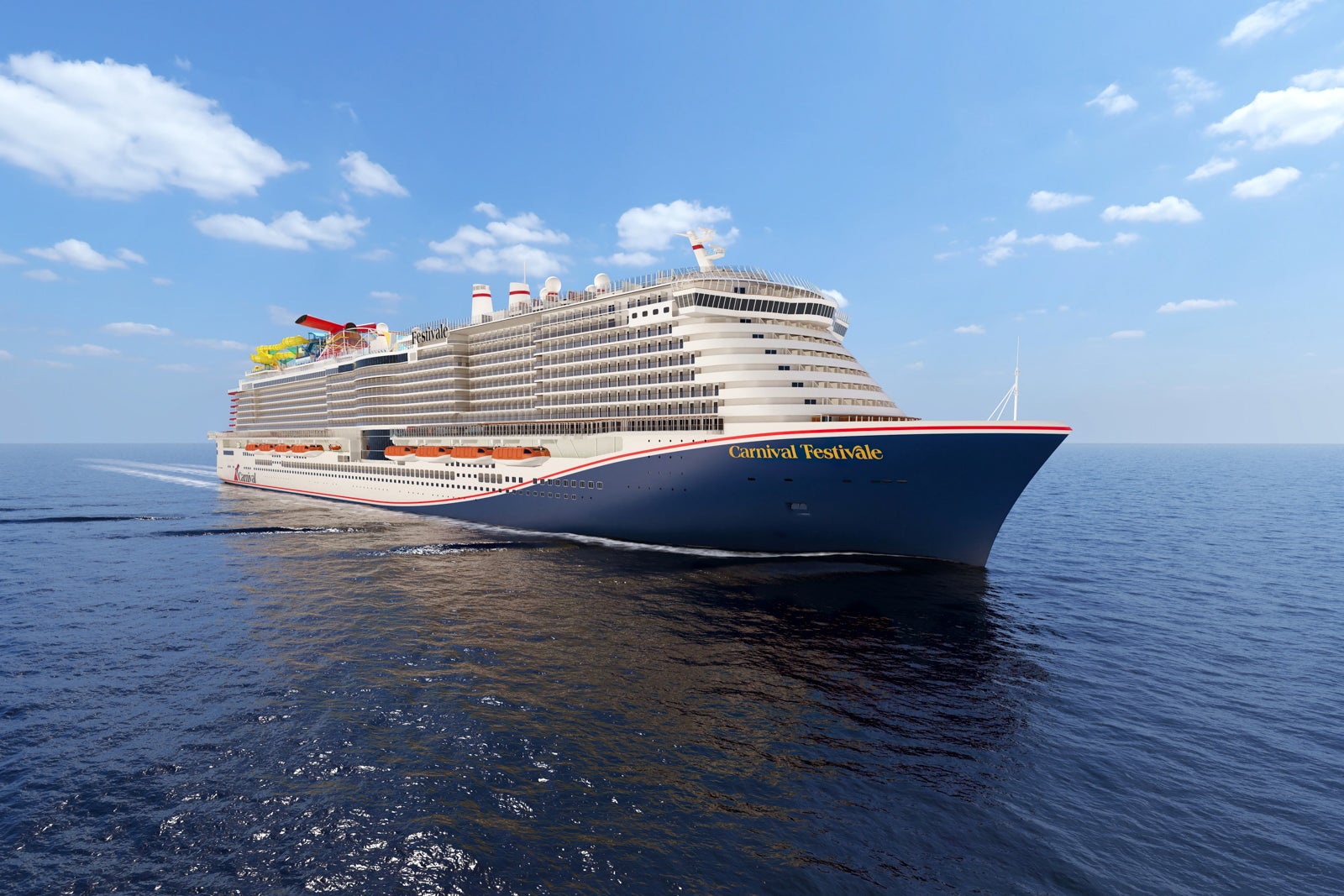Why the Switch 2 is so expensive, according to Nintendo
Last week, Nintendo revealed a ton of information about the Switch 2. And while there were some surprises — like a bizarrely destructive Donkey Kong game — the real shock was that of the sticker variety. The prices of both the Switch 2 console ($449.99) and its games (as much as $79.99 for Mario Kart […]


Last week, Nintendo revealed a ton of information about the Switch 2. And while there were some surprises — like a bizarrely destructive Donkey Kong game — the real shock was that of the sticker variety. The prices of both the Switch 2 console ($449.99) and its games (as much as $79.99 for Mario Kart World) indicated that Nintendo’s next generation would not come cheaply.
To get a better understanding of why there has been such a dramatic increase in price over the previous generation, we spoke with Bill Trinen, vice president of player & product experience at Nintendo.
[Ed. note: This interview was conducted on April 3, the day before Nintendo announced it would delay Switch 2 pre-orders in the U.S. due to uncertainty surrounding the Trump administration’s sweeping new tariffs.]
To start off with, I asked Trinen what exactly was driving the price up on the console itself (coming in at $150 more than the original Switch).
“Well, I would say there’s a couple of things,” said Trinen. “Number one, we’re unfortunately living in an era where I think inflation is affecting everything. And it’s affecting everything from day-to-day prices, it’s affecting technology and things of that nature. I think we’re also seeing smart devices now… I wish they were not nearly as expensive as they are. They’re certainly a lot more expensive than they were when they originally came out in the mid-2000s. So as you add more technology into a system, especially in this day and age, that drives additional cost.”
Trinen went on to explain that the Switch 2’s upgrades, like the redesigned Joy-Cons with mouse controls and system-wide chat, add more value (and therefore more cost) to the overall package.

But if it’s simply the internals that are driving the console’s price up, it did make me wonder why there’s such a huge variance between the Japanese-language Switch 2 (which will cost 49,980 yen, or approximately $343) and the Switch 2 that supports all languages, whose price is more than $100 higher than that in some regions.
“An average consumer may not be fully aware of the varying market differences between the different territories,” Trinen explained. “So globally, Nintendo takes an approach of looking at: What are the market circumstances in different territories, how are things impacting those market circumstances, and what options do we have to try to appropriately price the product based on the local market circumstances? And I think that’s an example of one where because of some unique circumstances in the Japanese market, [Nintendo has] tried to find a way to essentially create an opportunity that satisfies that market, but without having broader impacts.”
Trinen didn’t specifically address recent global trade issues, driven by President Donald Trump’s trade war with practically every nation on Earth, but it was clear that these undercurrents of uncertainty had an impact on the Switch 2’s pricing. Nintendo actually moved its Switch production to Vietnam back in 2019 in an effort to avoid the heavy tariffs placed on China during the first Trump administration. Unfortunately for Nintendo, on the day of the big debut of the Switch 2, Trump instituted a 46% tariff on Vietnam. The high price for the Switch 2 might have been the result of some educated guesswork from Nintendo to allow the company to better weather the market conditions that the trade wars might bring. Clearly, that guesswork is ongoing, as pre-orders have been delayed due to the incoming tariffs.

What about those $80 games?
Outside of hardware manufacturing, Nintendo fans have also been concerned about rising software prices. Since the days of the Wii U, Nintendo has stuck to the $59.99 price point for just about every game. That continued for more than 10 years until The Legend of Zelda: Tears of the Kingdom arrived in 2023 at a $69.99 price point. And now, just two years after that, we’re seeing Mario Kart World hit $79.99.
I asked Trinen to explain the rising cost of games, and what’s driving it for Nintendo.
“The price of video games has been very stable for a very long time,” said Trinen. “I actually have an ad on my phone that I found from 1993, when Donkey Kong Country released on the SNES at $59. That’s a very, very long time where pricing on games has been very stable. And so obviously, it would be great if we didn’t live in an era when everything is getting more expensive, so there’s that reality of it.”
Trinen went on to say that Nintendo does look at each title individually when determining pricing, and that its decision-making is based on a variety of factors.

“We take an approach of looking at: What is the experience, and what are players going to enjoy out of this game? What is the length of the game — what’s the volume of the experience? How in-depth is it? And then we price appropriately based on what we think the value of that experience is,” said Trinen. “And so a good example would be something like Tears of the Kingdom on Nintendo Switch. We did price that at a higher price point. That didn’t mean all of a sudden that every game on Nintendo Switch was all of a sudden priced at that higher price.
“And so similarly, with something like Mario Kart [World], with something like Donkey Kong Bananza, we’re really looking at the experience and saying, ‘OK, this we feel is an appropriate price,’ taking into [account] a lot of these other factors that are just impacting pricing overall in this day and age.”
While it’s clear that there are business reasons for these price increases across the board, it’s unlikely that those explanations will entirely satisfy fans looking to experience the next generation of Nintendo games on a budget. Now it’s just a question of whether those fans are willing to gobble up copies of Mario Kart World at the same astonishing pace as they did with Mario Kart 8 Deluxe on the Switch. A slow start might be the only thing that could stop the $79.99 price point in its tracks for the rest of this generation.

